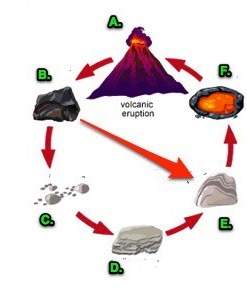
Most metals are very reactive, as are the elements in the halogen group. aluminum, for instance, for example, reacts with elemental chlorine to form aluminum chloride. if you have a 13.5 g sample of al, which choice below is true?
a. you will need 23.6 g cl2 for complete reaction and will produce 66.7 g of alcl3.
b. you will need 53.2 g cl2 for complete reaction and will produce 66.7 g of alcl3.
c. you will need 11.8 g cl2 for complete reaction and will produce 49.0 g of alcl3.
d. you will need 26.6 g cl2 for complete reaction and will produce 49.0 g of alcl3. reset selection

Answers: 2


Another question on Chemistry

Chemistry, 21.06.2019 15:00
__ _ _ _ _ is the process of removing earth materials from their original sites through weathering and transport and depositing the in another location. a. erosion b. sedimentation c. lithification d. dissolution
Answers: 1

Chemistry, 22.06.2019 05:30
Modern weaponry has increased the number of deaths in wars and violent conflicts.
Answers: 3

Chemistry, 22.06.2019 08:00
Me i dont know what to do! the table compares the number of electrons in two unknown neutral atoms. comparison of electrons atom number of electrons a 10 d 11 use this information to determine the number of valence electrons in the atoms. which of the following correctly compares the stability of the two atoms? both are unreactive. both are highly reactive. a is unreactive and d is reactive. a is reactive and d is unreactive.
Answers: 1

Chemistry, 22.06.2019 09:10
How have the greenhouse gasses increased from the year 2000 to 2018
Answers: 2
You know the right answer?
Most metals are very reactive, as are the elements in the halogen group. aluminum, for instance, for...
Questions


History, 29.01.2020 03:03

Physics, 29.01.2020 03:04




History, 29.01.2020 03:04

Chemistry, 29.01.2020 03:04

Spanish, 29.01.2020 03:04

Mathematics, 29.01.2020 03:04


Mathematics, 29.01.2020 03:04

Biology, 29.01.2020 03:04







 of particles.
of particles.


 moles of chlorine
moles of chlorine
 moles of aluminium chloride
moles of aluminium chloride



